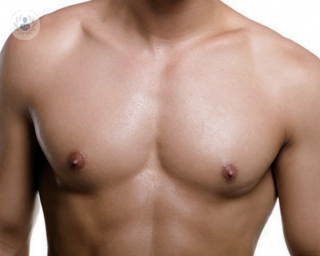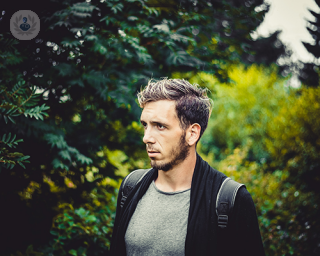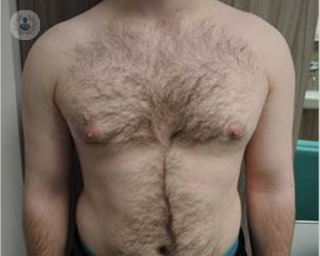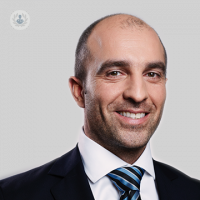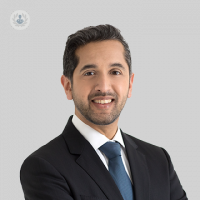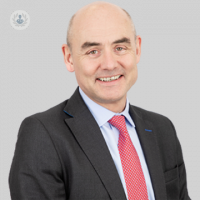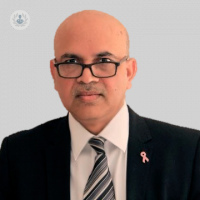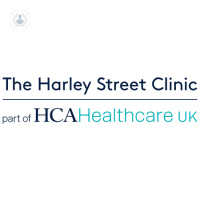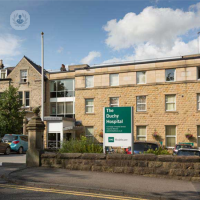Gynaecomastia
Mr Sam Orkar - Plastic surgery
Created on: 11-13-2012
Updated on: 07-28-2023
Edited by: Conor Dunworth
What is gynaecomastia?
Gynaecomastia, occasionally referred to as ‘man boobs’, is the medical term for enlarged male breasts. It is a common hormonal disorder that only affects males, making their breasts larger than normal due to an excess quantity of male breast tissue. It usually occurs more in teenage boys and older men.

The extent of gynaecomastia symptoms varies from person to person. Some males find they have a small amount of excess breast tissue around their nipples, whilst others may have noticeably larger male breasts. In some cases, gynaecomastia may cause discomfort or tenderness in the breasts.
What are the causes of gynaecomastia?
There are several causes of gynaecomastia. One of the main causes is believed to be hormone imbalance, when more oestrogen is produced than normal and less testosterone. Oestrogen causes male tissue to grow at an abnormal rate. Although all males produce a certain amount of oestrogen, they also produce bigger quantities of testosterone which prevents the growth of breast tissue. In some cases, the reason for this hormonal balance is not known.
Obesity can also cause gynaecomastia, as being overweight may increase oestrogen production making the breasts larger. For this reason, patients who have dieted and done exercise to lose weight may find that they still have enlarged breasts.
Gynaecomastia in newborn babies occurs due to oestrogen passing from the mother through the placenta and to the baby. The breasts usually return to a normal size a few weeks after the baby’s birth. During puberty, some male adolescents may also find that their breasts grow as their hormone levels vary, but this usually stabilises as they grow older. Gynaecomastia in older men is caused by decreased production of testosterone. As older men often have more body fat, their oestrogen production increases thus causing the breasts to enlarge.
Other possible causes of gynaecomastia include drinking too much alcohol, and consuming illegal drugs or prescribed medications, among others.
Can gynaecomastia be prevented?
Although the condition is not always avoidable, there are some measures one can take in order to prevent gynaecomastia. These include following a proper diet, exercising, drinking less alcohol, avoiding certain drugs and medications such as steroids and marijuana (which has been linked to increased levels of oestrogen production).
What is the treatment for gynaecomastia?
In some cases, treatment for gynaecomastia may be recommended. Gynaecomastia treatment includes breast reduction surgery to remove the excess male breast tissue, or medication aimed at correcting the hormonal imbalance behind enlarged male breasts.

